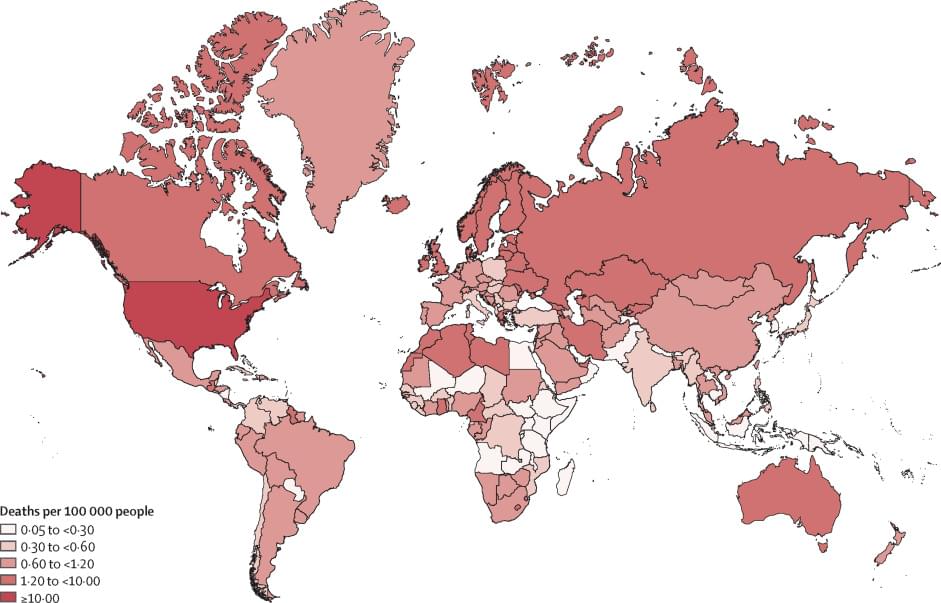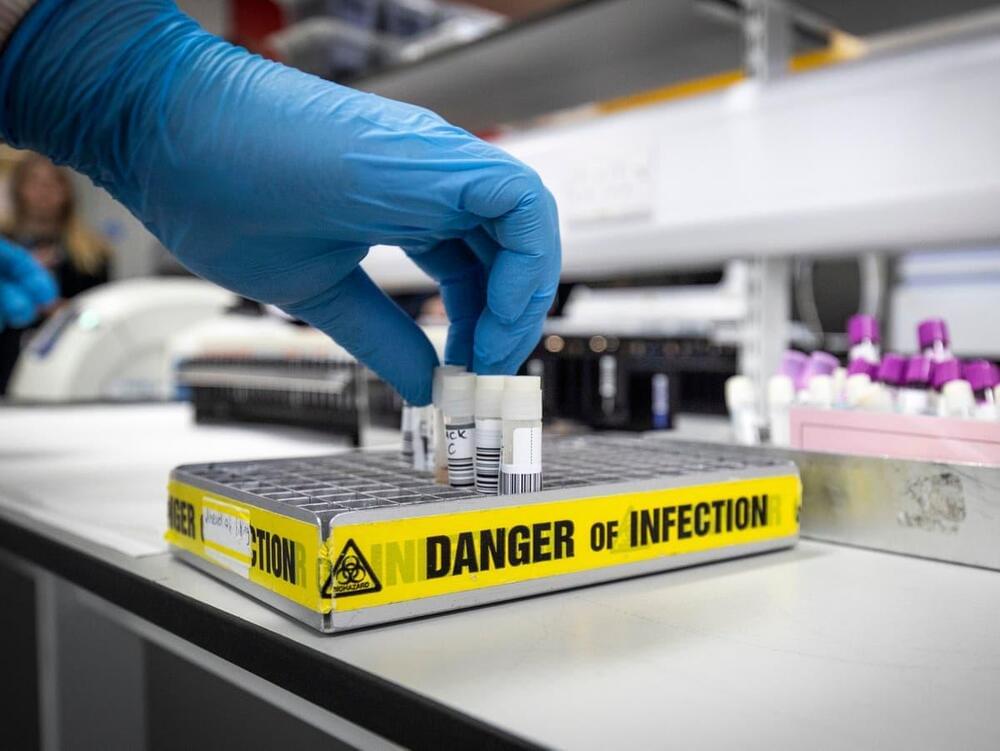Nov 21, 2021
Developing Next-Generation Electronic Devices
Posted by Dan Breeden in categories: engineering, security
Ruonan Han seeks to push the limits of electronic circuits.
Ruonan Han’s research is driving up the speeds of microelectronic circuits to enable new applications in communications, sensing, and security.
Han, an associate professor who recently earned tenured in MIT
Continue reading “Developing Next-Generation Electronic Devices” »


















